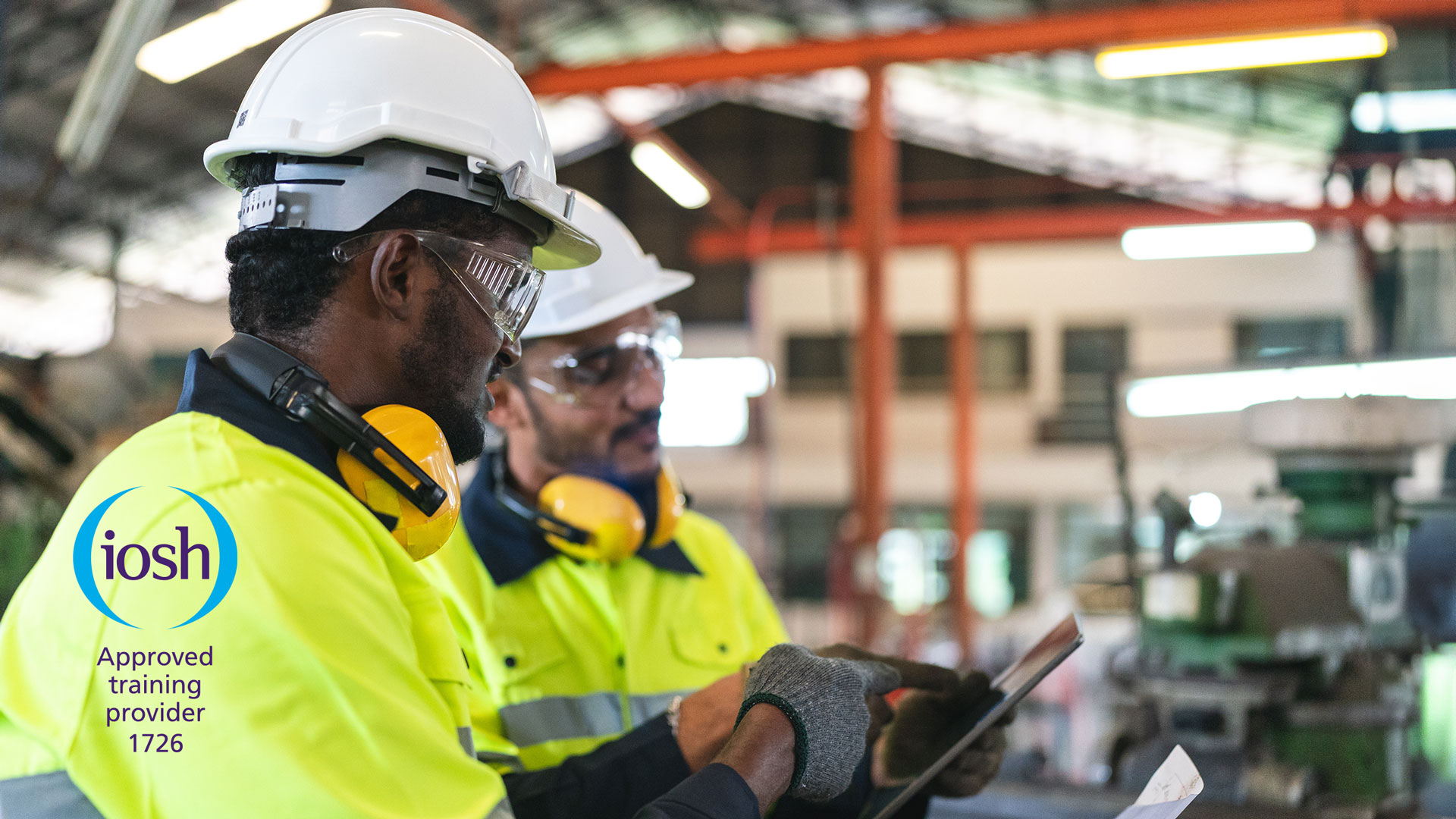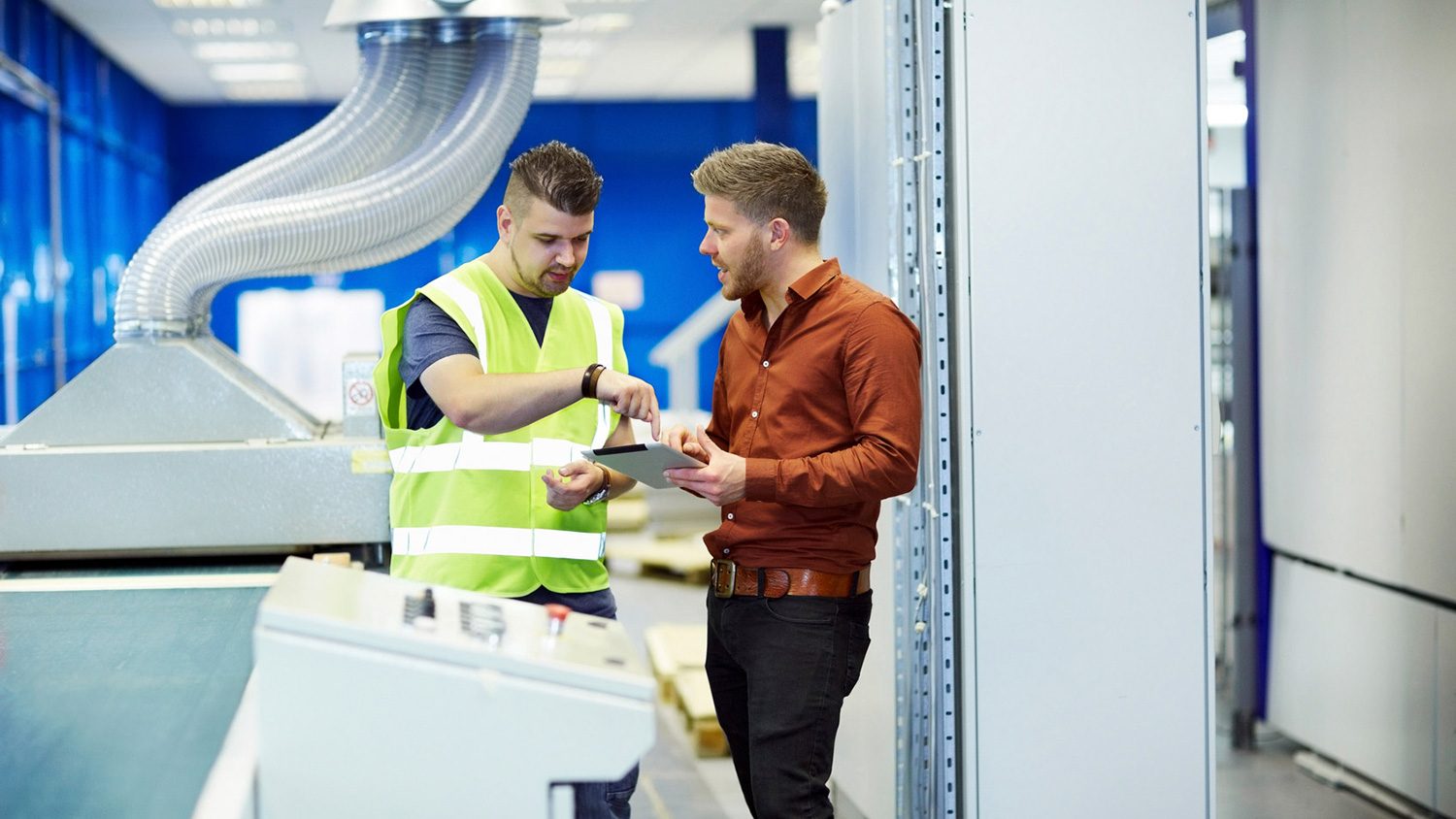Too many digital meetings, increasing workload and a lack of social connection with colleagues have all enhanced the risk of health and wellbeing problems for remote workers during the COVID-19 pandemic, new research reveals. However, it is not all doom and gloom as employees have reported that the greater flexibility offered by homeworking has created more opportunities for recreational activities.
These were some of the outcomes from a study of five organisations during the pandemic, the findings of which are in a new report, Learning from the COVID-19 pandemic: approaches to support employee health and wellbeing, published by IOSH.
The researchers aimed to understand the impact of the pandemic on employees, managers and organisations, look at how employers could support workers’ health and wellbeing and identify barriers and facilitators to this.
They have also unveiled eight recommendations to protect employee health and wellbeing, to serve during this and any future pandemics, including senior management demonstrating their commitment to this area through regular communication, acting on feedback and sharing personal stories, and involving employees in job design and redesign.
Among the issues highlighted in interviews with employees were homeworking challenges, including physical issues caused by a lack of office equipment and mental health challenges due to a lack of boundaries, with “digital fatigue” a key concern. Also common were increased operational demands with reports of increased workload – caused by COVID-related work and absent colleagues because of furlough or self-isolation – and an “always-on” work culture.
Reports of a lack of social connection with colleagues also featured regularly in interviews and, while organisations did have employee support mechanisms on offer, there was often a lack of awareness of these and how to access them.
Duncan Spencer, Head of Advice and Practice at IOSH, said:
“This research really brings to life some of the experiences employees have had, both positive and negative during the pandemic. While many have clearly benefited from the increased flexibility and other benefits of homeworking, many other people found it to be challenging, with poor work-life balance and the inability to connect socially with colleagues among the issues highlighted.
“With some people continuing to work remotely while others have moved to a hybrid system as we continue to live with the pandemic, it is clear that more needs to be done to protect the health and wellbeing of workers and I hope that organisations might be able to follow some or all of the recommendations. What is clear is that if we don’t act on this, there is a strong possibility we will face a health and wellbeing crisis among our workforce.”
The study was conducted by Affinity Health at Work, an occupational health psychology consultancy. It was sponsored by its Research Consortium, which is made up of a number of organisations including IOSH. The interviews and focus groups were held with employees, managers and health and wellbeing stakeholders between November 2020 and June 2021.
Other recommendations are developing line managers’ skills around wellbeing, promoting an environment of social connection and trust, embedding wellbeing across the culture of an organisation and communicating it consistently and continually, conducting an internal wellbeing audit and monitoring organisational wellbeing.
Dr Jo Yarker, Co-Director of Affinity, said:
“Protecting and supporting the mental health and wellbeing of our workforce has never been more important. Our research shows that the priority concerns for staff change over time and this demands that organisations regularly review workforce needs and continually develop their provision.
“Early in the pandemic, many organisations rapidly provided all staff learning opportunities such as webinars and online resources. As time went on, more localised activities and tailored offers were provided and, encouragingly, there was increasing recognition that wellbeing activities will not combat poor job design with some organisations reviewing job design, workload and tasks. As we move beyond the pandemic, organisations must prioritise good jobs and put the ‘work’ back into workplace wellbeing.”
The research can be viewed at iosh.com/covidlearnings
You may also be interested in
RELATED CONTENT
RELATED COURSES

Introduction to health and safety gives learners a basic introduction to managing safety in their workplace.

IOSH Working Safely is a one-day introductory health and safety training course for people at any level, in any sector.

Health and safety at work is a serious business; getting it wrong could end up costing someone their life. It stands to reason that there should be so...

The legal term ‘reasonably practicable’ plays a crucial role in determining the level of care and precautions required in different areas of law, such...

Vicarious liability can be a formidable challenge for employers, causing responsibility to extend beyond the individual and creating shared accountabi...

Although we are edging closer to spring, many of us are still being affected by wintery weather and the shorter daylight hours. So, what can you do to...